EL PASO,Texas–– On the outskirts of this west Texas desert town, the “no go zone” of the U.S. border with Mexico is pitch black and tense at 10 p.m. Darkness suits everyone’s interests here; it appears neither border crossers nor U.S. Border Patrol agents want to be seen before they make their move.
Anapra Road and the connecting wall route are where illegal immigrants and their cartel handlers now choose to cross in this region –– and they will use force if they feel it necessary. Nearly a dozen Border Patrol vehicles and at least as many agents sit, with their lights off, behind a partition of scrub brush. When cars pass by, their heads snap upward and in tandem, they all turn to watch. Their large presence indicates anticipation of something.
Down the road, there’s a rectangular cutout in the wall. This portal from the world to the United States is large enough for about one man to get through at a time. Watching over the hole, a Border Patrol agent sits in a nearby vehicle. And he waits. He knows migrants are coming.
The Border Today
In September, Border Patrol agents reported nearly 54,000 apprehensions of illegal immigrants along the U.S. border with Mexico, between ports of entry. That doesn’t include the thousands of “gotaways”—the ones who were observed but not caught, and the ones who were never seen.
At the ports of entry, Customs and Border Protection (CBP) recorded 48,000 migrants.
That number is actually down from last spring—though, of course, the numbers don’t tell the whole story.
The Biden administration credits the decrease to its summer crackdown on crossings and its smartphone app, CBP One. The app is intended to encourage migrants to follow the protocol rather than cross the border surreptitiously.
“Use of the CBP?One?app to schedule appointments at ports of entry has increased CBP’s capacity to process migrants in a more efficient and orderly manner while cutting out unscrupulous smugglers who endanger and profit from vulnerable migrants,” the administration claims.
Farmers Kevin and Jennifer Ivey have spent their lives growing and harvesting cotton and pecans on their ranch in El Paso County, along Mexico’s border. Over the years, Kevin Ivey estimates his family has lost about $100,000 in stolen property and damaged equipment at the hands of migrants traveling through their property after crossing the border illegally.
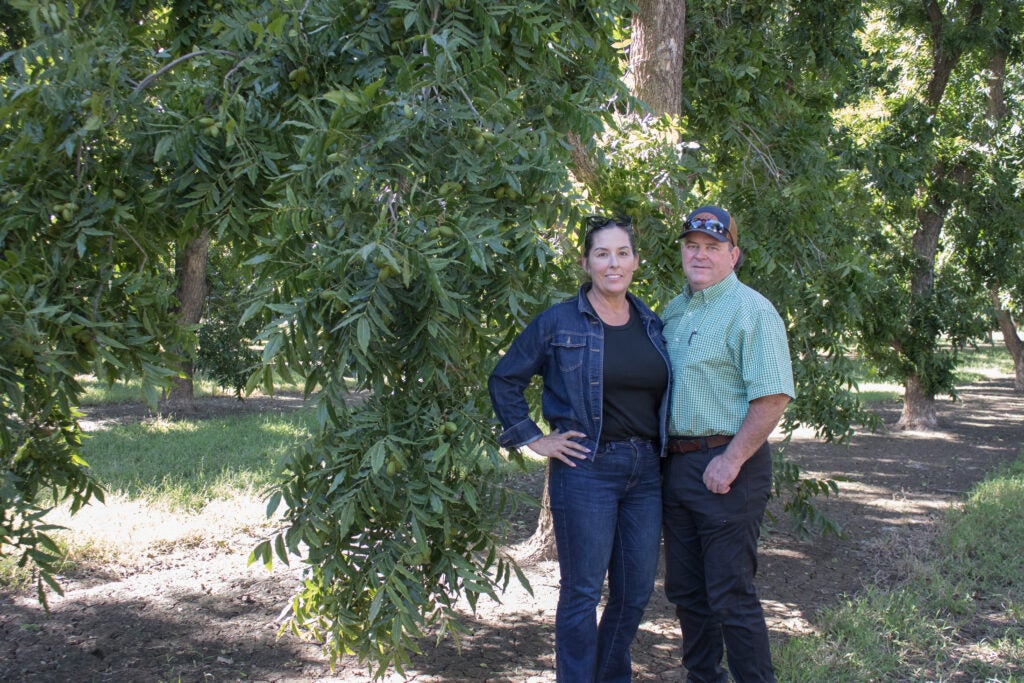 Farmers Kevin and Jennifer Ivey stand among pecan trees on their farm in El Paso County. (Photo: Omar Herrera/Associated News Service)
Farmers Kevin and Jennifer Ivey stand among pecan trees on their farm in El Paso County. (Photo: Omar Herrera/Associated News Service)Ivey said he noticed a “huge difference” in the number of migrants crossing through his property after President Joe Biden entered the Oval Office. Multiple trucks have been stolen off the Iveys’ farm, a large duffle bag of drugs was found on their property, and it is not uncommon for helicopters to fly overhead in pursuit of migrants seeking to evade Border Patrol agents.
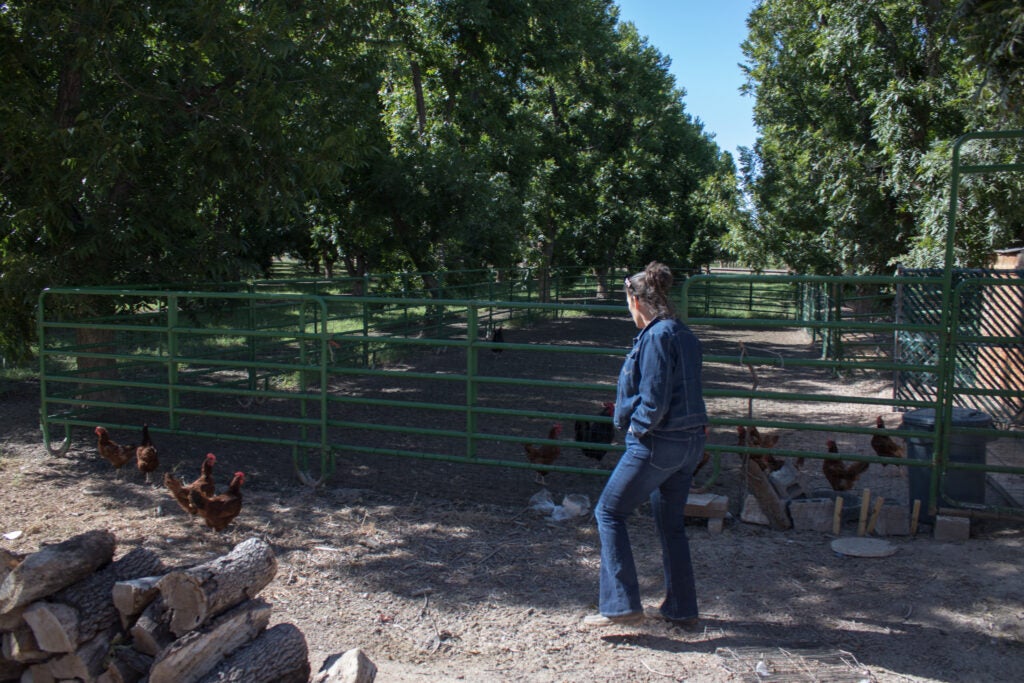 Jennifer Ivey on her farm in El Paso County. (Photo: Omar Herrera/Associated News Service)
Jennifer Ivey on her farm in El Paso County. (Photo: Omar Herrera/Associated News Service)With the U.S. presidential election quickly approaching, immigration is at the top of voters’ minds, according to Pew Research Center, second only to the economy.
“About six-in-ten voters (61%) today say immigration is very important to their vote—a 9 percentage point increase from the 2020 presidential election and 13 points higher than during the 2022 congressional elections,” Pew reports. “Immigration is now a much more important issue for Republican voters in particular: 82% of Trump supporters say it is very important to their vote in the 2024 election, up 21 points from 2020.”
Those polling numbers could be behind Vice President Kamala Harris’ recent about-face on immigration. In September, Harris made her way to Arizona for a speech about the issue.
“To reduce illegal border crossings, I will take further action to keep the border closed between ports of entry,” Harris said in the scrublands of Douglas, Arizona.. Those measures include barring people entering illegally from ever receiving asylum. “Our system must be orderly and secure, and that is my goal,” she said.
She also alleged that her Republican opponent, former President Donald Trump, tanked a bill to fix the border. She said she would sign similar legislation if it was brought before her.
Chuck DeVore, chief national initiatives officer for the Texas Public Policy Foundation, contends that Harris is watching the polls closely.
“Bad polling is the sole reason why Vice President Harris has changed her messaging on the border—the chaos on the border is a huge political problem for Harris’s campaign,” he said.
As for Harris’ proposed border policies, DeVore added, “There’s nothing keeping the Biden-Harris administration from enacting those policies right now — why wait for the election?”
Canvassing and Caravans
The election is on the minds of more than just the American electorate. Migrants are watching closely, as well.
“Migrants already have it top of mind, ‘I have to arrive before Trump takes office,’” said Josué Martínez, director of a shelter in southern Mexico, where captured migrants headed to the U.S. border are sent by Mexican authorities, rather than being deported to their home countries. “We know that the U.S. election is close, but they don’t have that political reading. They’re seeing the worst-case scenario.”
Mexico has stepped up migration enforcement ahead of the U.S. election and has registered record arrests in 2024, according to Mexican government statistics. But thousands of migrants are undeterred; they still cross into southern Mexico from Guatemala. Many are met by kidnappers who demand ransoms of at least $100—paid by family members back home or already in the United States—according to four migrants interviewed in Mexico.
Once they’re in Mexico, they start requesting appointments to enter the United States via the CBP One app. Demand for the 1,450 daily appointments is crushing and many migrants will wait between seven and 10 months in Mexico, according to people familiar with the app operated by U.S. Customs and Border Protection.
In October, migrants tired of waiting for appointments grew frustrated and formed a new migrant caravan—with plans to walk the length of Mexico to the U.S. border.
“The app worked for some people, but not others,” said Armando Ramírez, a Honduran migrant eating a tamale in the shade as he rested along the coastal highway leading out of Tapachula. “I tried every day” for nearly five weeks, he said. “Even on the road I’m trying.”
Tapachula, the first city that many migrants reach in southern Mexico, has long functioned as a holding pen of sorts. Mexican immigration and security officials have established checkpoints along the sweltering coastal highway toward the interior of Mexico and beyond. In the past, migrants would stay put in shelters and flophouses, or sleep in parks and plazas as they waited for documents. In recent years, they have formed caravans as frustrations have boiled over—or until they hired smugglers.
Now, migrants in this agricultural and commercial hub wait for CBP One appointments.
Migrants like Ramírez have three options upon arriving at the U.S. southern border. They can go to a port of entry with a CBP One appointment to claim asylum. They can cross the border between ports and self-surrender to Border Patrol (risking return to Mexico and being ineligible to apply for asylum). Or they can cross between a port and attempt to evade protection and become, if they don’t get caught, a “gotaway.”
Whichever method Ramírez and his fellow caravanners choose, he will have to pass through a border town like El Paso. The journey is rife with risks. Migrants are preyed upon by the drug cartels. Kidnapping is common.
The Pass to the North
Paso del Norte International Bridge connects El Paso to Juarez, Mexico. Despite Juarez being among the top 10 most dangerous cities in the world according to Statista, El Paso, with a population of 677,000, managed for years to be the safest city of its size in America. Yet the FBI reports that crime increased in 2023—a reality locals say they have felt.
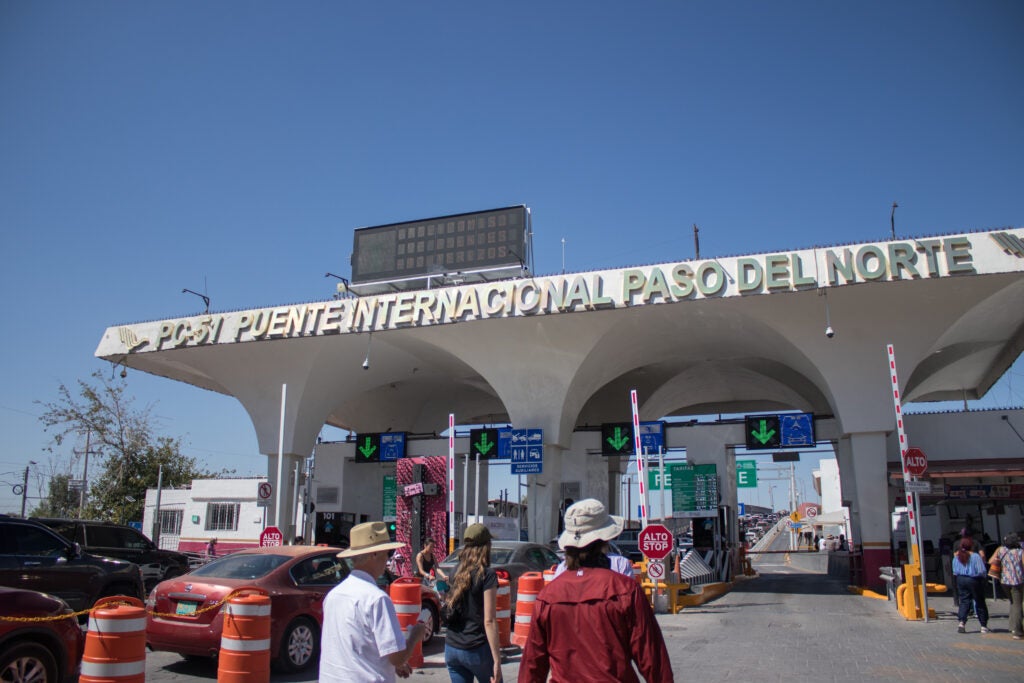 The Paso del Norte International Bridge connecting El Paso, Texas to Juarez, Mexico. (Photo: Omar Herrera/Associated News Service)
The Paso del Norte International Bridge connecting El Paso, Texas to Juarez, Mexico. (Photo: Omar Herrera/Associated News Service)“I have four kids, and it’s not the same as before,” El Paso native Stephanie Briones said during a meeting with journalists on an evening in late September. “You can’t let them walk to the park.”
The mom said she now walks into her daughter’s school to pick her up, “because I am not going to risk for anybody to come and take her.”
Former El Paso City Council member Claudia Rodriguez sat beside Briones in a large conference room, her small black handbag nearby, and lamented the way in which her city has handled the illegal immigration issue.
“El Paso is a city of immigrants,” said Rodriguez, now a candidate for county commissioner. But now, she said, the situation is “something different.”
Rodriguez recalled having a conversation with a group of migrants from Venezuela, just before Biden took office. She remembers the migrants telling her, “We’re here now and we know we came here illegally. We want to tell Joe Biden to just let us stay. We’re not allowed to go back anymore.”
 Stephanie Briones and Claudia Rodriguez share their concerns regarding the current border crisis affecting their community in El Paso, Texas. (Photo: Omar Herrera/Associated News Service)
Stephanie Briones and Claudia Rodriguez share their concerns regarding the current border crisis affecting their community in El Paso, Texas. (Photo: Omar Herrera/Associated News Service) At the time, Rodriguez says, she was unsure what the Venezuelans meant when they said they were not allowed to go back. But she wondered if “it meant they were criminals,” unwilling to face justice in their home country.
According to U.S. Congressman Troy Nehls, R-Texas, Border Patrol officials have “instructed agents to look for violent criminals from Venezuela entering the United States.” He added that the Venezuelan regime, under the control of Nicolás Maduro, was “releasing violent criminals from prison early, including inmates convicted of murder, rape, and extortion.”
Not all are criminals, of course. Maduro’s predecessor, Hugo Chavez, crashed the Venezuelan economy and brought on hyperinflation with his “21st Century Socialism.” And as many as 7.7 million Venezuelans have fled the country—many ending up in the U.S.
Daniel Di Martino, who hails from Venezuela and studies immigration at the Manhattan Institute, said that in Venezuela, “The real criminals don’t get arrested.” The socialist government of Maduro—who the U.S. government accuses of fraudulently claiming victory in the July 28 elections there—pursues political opponents instead.
“People are coming from a country destroyed by socialism and would probably starve,” he said in an interview. “It’s desperation.”
Yet some of the Venezuelan arrivals are criminals—some even affiliated with the violent paramilitary force Tren de Aragua. Texas Gov. Greg Abbott, a Republican, has declared Tren de Aragua a foreign terrorist organization. And last week, news broke of four San Antonio apartment complexes being taken over by the gang.
Ammon Blair, a former Border Patrol agent who now works with the Texas Public Policy Foundation, warned that Tren de Aragua is “emerging as a significant threat to cities across Texas.”
In September, U.S. Immigration and Customs Enforcement announced that more than 662,000 criminal illegal aliens were released into the interior of the U.S. Among those, 435,719 had already been convicted of a crime, with 226,847 more facing pending criminal charges.
Americans are concerned about criminal illegal immigrants, polls say. Last week, Harris took a political hit when former President Bill Clinton brought up the murder of Laken Riley while stumping for Harris in Georgia. Riley was allegedly murdered by Venezuelan immigrant José Antonio Ibarra. Clinton acknowledged that Ibarra shouldn’t have been allowed into the U.S.
“If they’d all been properly vetted, [Riley’s death] probably wouldn’t have happened,” the former president said.
The Manhattan Institute’s Di Martino adds that it’s hard to return anyone to Venezuela, which has strained relations with the United States: “Maduro knows criminals can’t be sent back.”
The Night Deepens
Further down Anapra Road, there’s a pile of civilian clothes on a beam supporting the border wall. It’s mostly thick coats and gloves, likely placed to protect those crossing from the barbed wire.
Nearby is Mount Cristo Rey, a high hill with a statue of Jesus resembling Christ the Redeemer in Brazil. Recently, a Border Patrol agent was reportedly hospitalized after being bitten in the face by an “unidentified foreign national” on the sandy mound. At the hill’s peak, there is a gap in the border wall. Locals say illegal immigrants frequently use it to cross. Federal law enforcement officials say cartel members sometimes cross, carrying long guns.
Much of the border is like this. Near the Paso Del Norte Port of Entry, there is a station for the local water district. It is surrounded by a chain-link fence crowned with concertina wire. Blood has been washed from the fence after migrants injured themselves cutting through the barrier in the dark, according to a local water department official.
That’s the reality at the border: the wounded faces of Border Patrol agents, the bloodied fences, the countless coinage spent by governments to secure this area. A tide of humanity is flowing in from Mexico, Venezuela and elsewhere. The brutality and suffering splash over the top of the border barriers and seep through the cracks.
With the world pressing against one side of the southern U.S. border, Americans will soon choose how much they want to push back; Nov. 5 will make the difference.
Edited by Roy Maynard of the Associated News Service.
The post Pulling Back Curtain on the Border Crisis Today appeared first on The Daily Signal.
.png)







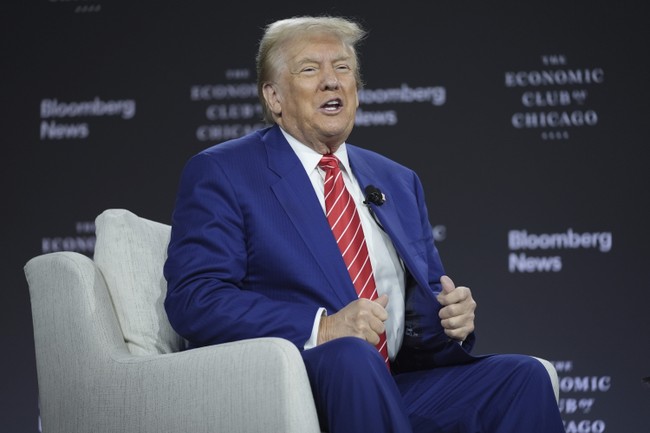


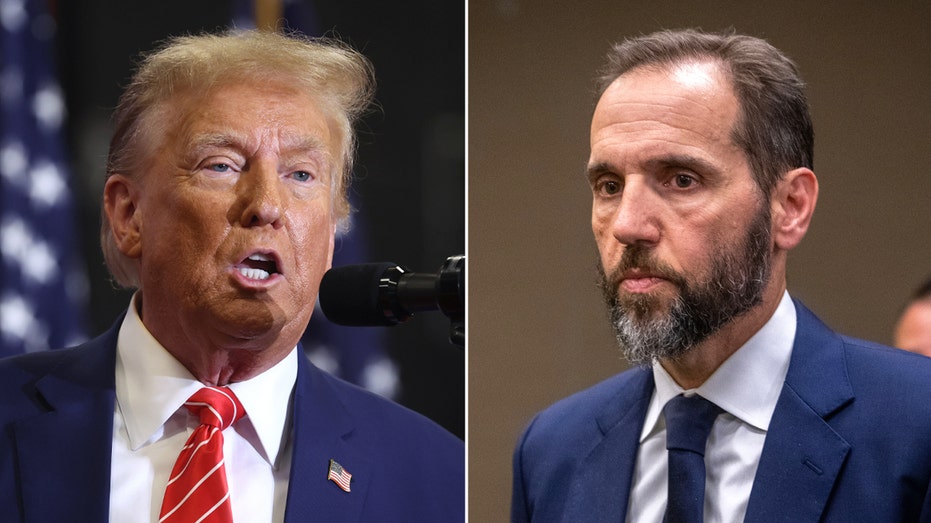

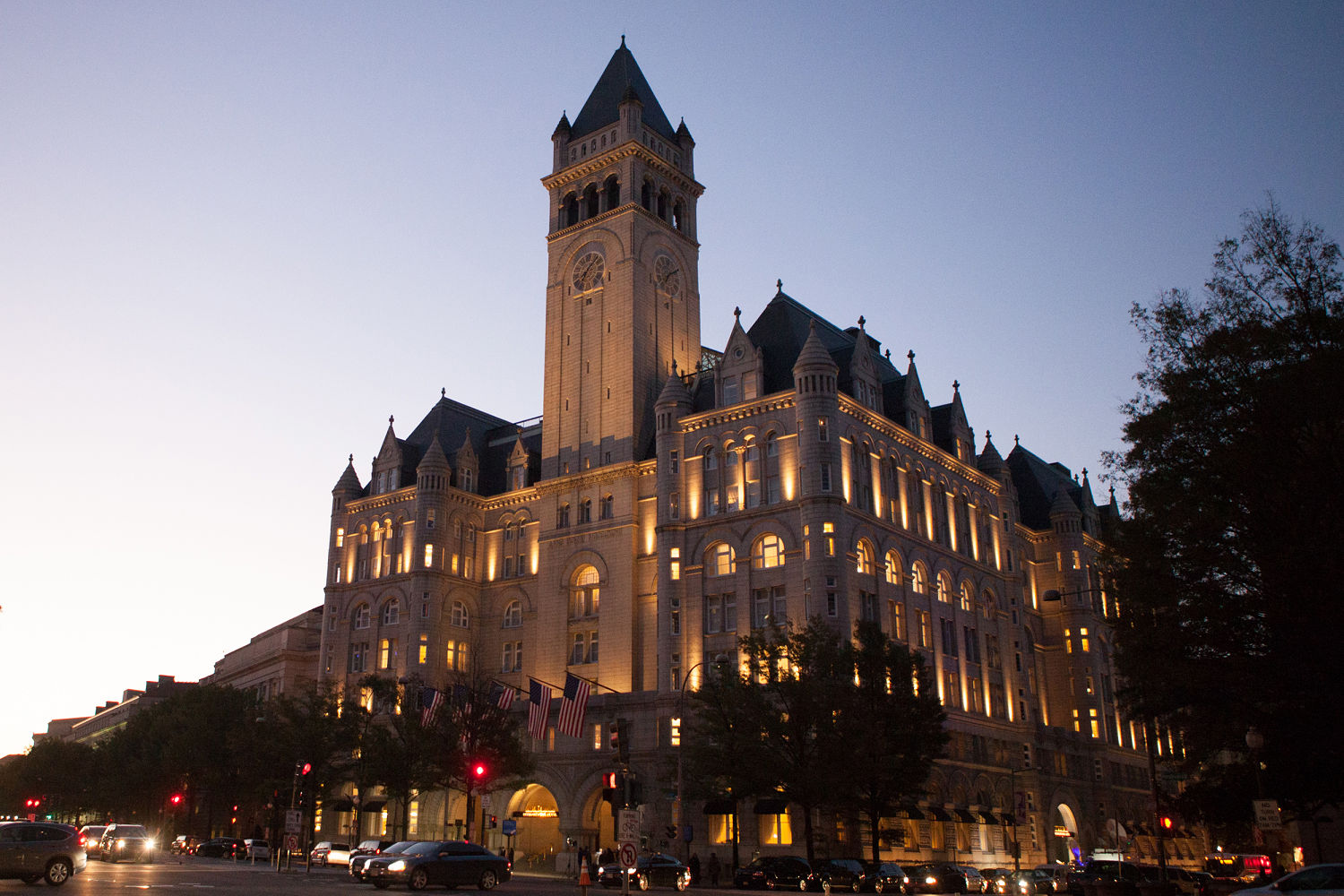
 English (US)
English (US)